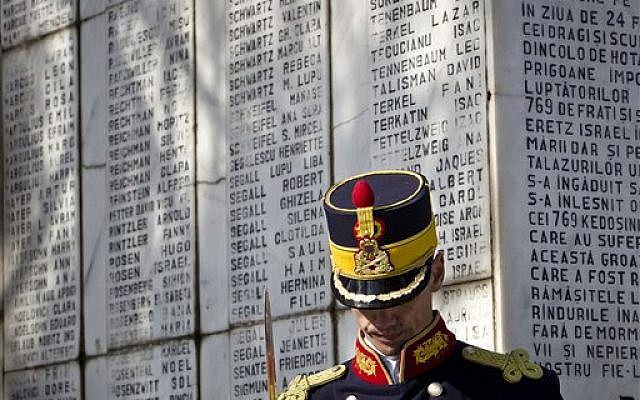Romania’s President Klaus Iohannis gave the green light yesterday for the creation of the country’s first national Holocaust museum in Bucharest, more than seven decades after the end of World War Two.
An international commission headed by Nobel laureate Elie Wiesel concluded in 2004 that between 280,000 and 380,000 Romanian and Ukrainian Jews were killed in Romania and areas it controlled during the war, as an ally of Nazi Germany.
Romania has only recently started to come to terms with its role in the extermination of Jews, admitting for the first time in 2003 that it had taken part.
The new museum, coordinated by the Elie Wiesel Institute for the Study of the Holocaust in Romania, aims to promote the history, culture and traditions of Jews in the country and highlight their contribution to modernising Romanian society.
“The Romanian state demonstrates consistency in meeting the goal aimed at recovering the memory of the Holocaust, strengthening the education about the Holocaust and combating anti-Semitism,” Iohannis said in comments to members of the Wiesel Institute and local Jewish community leaders.
The museum will be located in a 8,000 square-metre, eight-storey building erected on the central Calea Victoriei avenue in 1943-1946 by international tyre producer Banloc-Goodrich for its employees.
Romania switched sides in the war in 1944 as the Soviet Red Army swept down into the Balkans. The Communist regime which then took power did little to uncover the killings of Jews.
Romania was home to 750,000 Jews before the war, but only 8,000-10,000 remain today.






